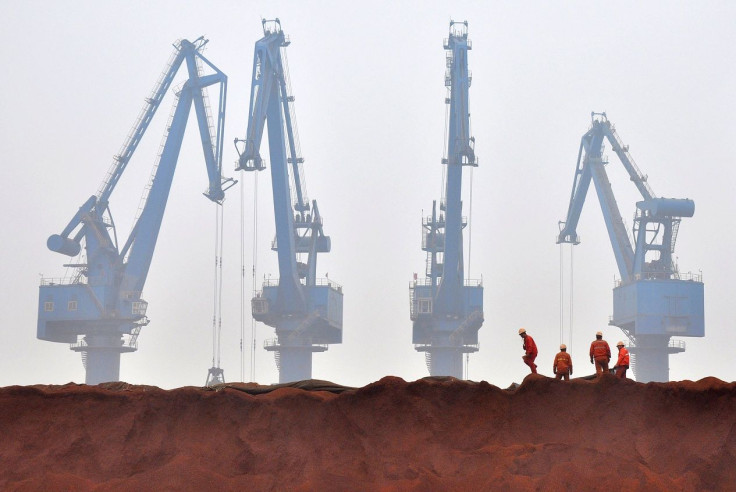Iron ore spot markets begin slowly amid release of major economic data in China

Iron ore spot markets began slowly on Tuesday but Chinese futures continued to climb higher in overnight trade. It is not certain whether the trend witnessed concerning iron ore spot markets will persist on Wednesday.
Spot prices returned with mixed results following Monday’s rally. The price for benchmark 62 percent fines fell by 0.14 percent to US$88.14 (AU$116.58) a tonne, as was noted by Metal Bulletin. Lower grades, on the other hand, saw an increase. The price for 58 percent fines upped by 0.52 percent to reach US$60.41 (AU$79.9) a tonne.
The economic data in China was recently released. This included industrial output and property investment figures for the first two months of the year. As noted by China’s National Bureau of Statistic (NBS), the output for crude steel enhanced by 5.8 percent to 128.77 million tonnes in January and February in comparison to the same period the previous year.
Investment in real estate also enjoyed a jump, climbing 8.9 percent from a year ago. This came as a significant increase from the levels witnessed in late 2016. Construction starts and sales by floor space both upped substantially, 10.4 percent and 25.1 percent respectively, from January and February 2016.
Iron ore future for May 2017 pushed forward by 3.64 percent to 712 yuan (AU$136.2) on the Dalian Commodities Exchange, which comes after it hit massive lows last week. From last Friday’s overnight session, the future has now built 11.5 percent. The increase comes on the heels of smaller increases in rebar and coal contracts over the same period.
Transaction fees for near-month iron ore contracts between the months of May and July will be reduced significantly, the Dalian Commodity Exchange said in a statement. The move will come as an attempt to enhance liquidity and bring forth more industrial players to the market. As reported by Reuters, the exchange will be charging 10 percent of the transaction fees for some contracts during May 2 and July 31.
Meanwhile, there are expectations that the surge in iron ore prices could be halted. According to research firm Capital Economics, the prices could go down by as much as US$50 (AU$66.14) a tonne by the end of this year.
After reaching its lowest in a decade, US$38 (AU$50.26) a tonne, at the start of 2016, iron ore prices have doubled in value on the back of a boost in demand. In February, the prices reached a high of US$95 (AU$125.66) a tonne. Since then, it has fallen 10 percent on the heels of a decline in commodities prices.






